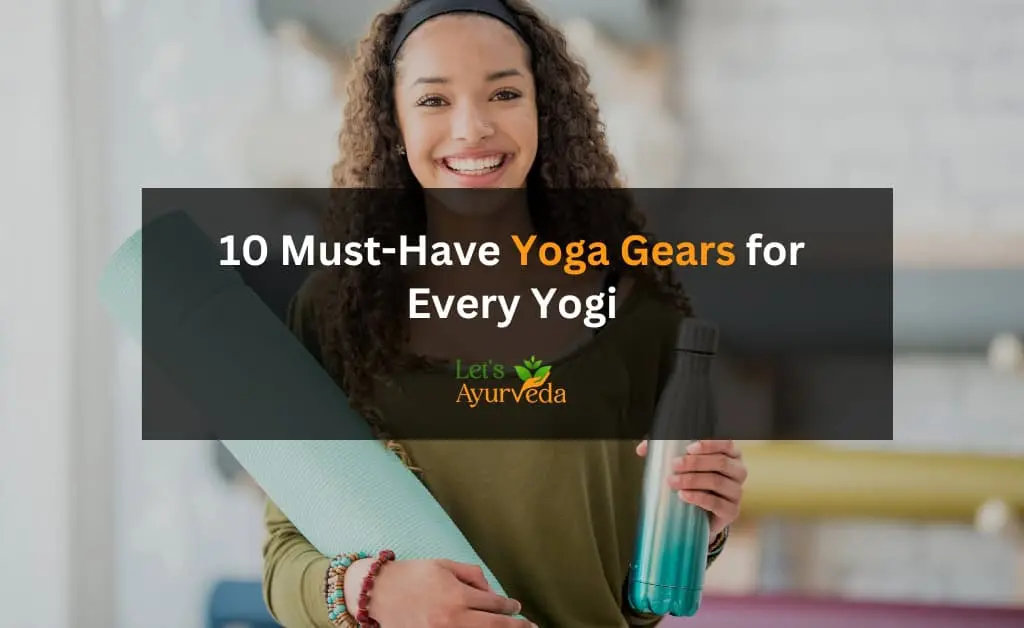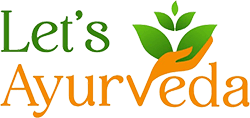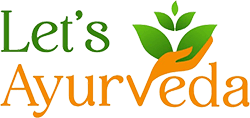If you're diving into yoga, having the right tools can significantly enhance your experience. While yoga is often portrayed as a minimalist practice—just you and a mat—there are essential gears that can support your poses, improve comfort, and even help you progress faster. Let's explore the top yoga accessories that can make a real difference in your practice.
Yoga Mat: Your Foundation
When it comes to yoga, the mat is non-negotiable. A quality yoga mat provides a stable base and prevents slipping, which is critical when holding challenging poses.
Key Considerations for Choosing a Mat:
-
Thickness: A standard yoga mat is about 4-5mm thick. Thicker mats (6mm+) offer more cushioning, which is ideal for those with sensitive joints or if you're practicing on hard floors. However, thinner mats provide better stability during balancing poses.
-
Material: Most mats are made from PVC, but eco-friendly options like rubber, cork, and TPE (Thermoplastic Elastomers) are increasingly popular. If you're looking for sustainability, opt for natural materials.
-
Grip: You need a mat with good grip, especially during sweaty sessions. Mats with textured surfaces or made from non-slip materials will prevent you from sliding around during poses.
Investing in a reliable yoga mat can dramatically improve your practice, offering comfort and safety in every pose.
Yoga Blocks: Enhancing Flexibility and Support
Yoga blocks are an essential tool, especially if you're new to yoga or working on flexibility. These blocks help you achieve proper alignment in poses that may otherwise be difficult.
How Yoga Blocks Help:
-
Flexibility: If you can’t reach the floor in certain poses, such as in forward bends, blocks give you that extra reach.
-
Support: They also provide additional support in seated or balancing postures, making it easier to hold poses for longer periods.
-
Versatility: Yoga blocks can be used for various poses, including standing, seated, and lying positions.
When choosing blocks, look for those made of foam, cork, or wood. Foam blocks are softer and lighter, making them easier to carry, while cork or wood blocks provide more stability.
Yoga Strap: A Simple Tool with Big Benefits
A yoga strap might seem like a basic piece of equipment, but it’s incredibly helpful for improving flexibility and ensuring correct alignment in poses. Yoga straps act as an extension of your arms and legs, helping you gradually stretch deeper into poses.
Benefits of Using a Yoga Strap:
-
Increases Flexibility: A strap can help you extend your reach in seated or standing poses where flexibility is a challenge.
-
Improves Alignment: It helps you maintain proper form, preventing overextension and injury.
-
Multi-purpose: It’s a versatile tool that can be used in both seated and standing postures.
Most yoga straps are made of cotton or nylon, with adjustable loops for versatility. This makes them perfect for different levels of flexibility and yoga styles.
Yoga Towel: Essential for Hot Yoga or Sweaty Sessions
Sweating during yoga, especially in hot yoga or power yoga, can make your mat slippery, which is where a yoga towel comes in handy. A yoga towel not only absorbs sweat but also provides extra grip.
Why You Need a Yoga Towel:
-
Sweat Absorption: Keeps your mat dry and reduces the risk of slipping.
-
Added Grip: Towels are made from absorbent microfiber, which provides traction when wet, ensuring you don’t lose your balance.
-
Easy Maintenance: Yoga towels are lightweight, machine washable, and dry quickly, making them a low-maintenance option.
Make sure the towel is the same size as your mat for full coverage. Some even come with corner pockets to anchor them securely to the mat.
Yoga Bolster: Ultimate Comfort for Restorative Poses
For those who practice restorative or prenatal yoga, a bolster is a must-have. This supportive cushion helps relax your body in poses that require long holds, promoting relaxation and deep breathing.
Benefits of Using a Bolster:
-
Support: It supports the spine, hips, and legs, reducing strain in restorative poses like the child's pose or savasana.
-
Relaxation: Helps release tension and allows for deeper breathing.
-
Versatile: It can be used in multiple postures, including backbends and seated poses.
Bolsters come in various shapes—rectangular or cylindrical—filled with cotton or synthetic fibers. Look for one that’s firm enough to support your body but still comfortable for extended use.
Yoga Blanket: Comfort and Versatility in One
A yoga blanket might not seem essential at first glance, but it’s one of the most versatile pieces of equipment you can own. Blankets are often used in yoga studios for additional support, warmth, and comfort.
How a Yoga Blanket Can Be Used:
-
Support in Poses: Folded blankets can provide extra padding for seated or lying postures, especially under the knees or hips.
-
Warmth during Relaxation: Covering yourself with a blanket during the final relaxation pose (savasana) can make the experience more comfortable and calming.
-
Improves Flexibility: Rolling up a blanket can assist with flexibility by giving you more height in certain postures.
Look for a blanket that is firm and large enough to fold and stack into different shapes. Most yoga blankets are made of cotton, wool, or blends, ensuring durability and comfort.
Water Bottle: Stay Hydrated
Staying hydrated during your yoga session is vital, especially during more intense styles like hot yoga. A reusable water bottle is an essential item to have by your side.
Features to Look for in a Yoga Water Bottle:
-
Durability: Choose one made of stainless steel or BPA-free plastic for long-lasting use.
-
Insulation: For hot yoga sessions, an insulated bottle keeps your water cool, providing much-needed refreshment.
-
Leak-Proof Design: Look for a bottle with a secure cap to avoid any spills during practice.
Hydration is key to maintaining energy and focus, so don’t skip out on this essential gear.
Meditation Cushion: Comfort for Long Meditations
If you incorporate meditation into your yoga practice, a meditation cushion is an invaluable tool. Sitting on a cushion elevates your hips above your knees, encouraging proper posture and making long sessions more comfortable.
Benefits of a Meditation Cushion:
-
Posture Support: It keeps your spine aligned and reduces strain on your lower back and hips.
-
Comfort for Long Sessions: Sitting for extended periods can cause discomfort, but a cushion helps distribute weight evenly, making meditations more enjoyable.
-
Versatility: Can also be used as extra support in certain yoga poses.
Look for a cushion filled with buckwheat or cotton for firm yet comfortable support.
Yoga Wheel: Deep Stretching Made Easier
Yoga wheels are relatively new but quickly gaining popularity. They are cylindrical tools designed to assist with deep backbends, stretches, and improving flexibility in the spine and chest.
How a Yoga Wheel Can Improve Your Practice:
-
Flexibility: It helps you achieve deeper backbends and opens up the chest, making it easier to stretch safely.
-
Support for Challenging Poses: The wheel provides support in balancing and inversion poses like forearm stands or crow pose.
-
Strength Building: Using the wheel requires core engagement, making it a great tool for building strength in your practice.
When choosing a yoga wheel, look for one with a comfortable, cushioned outer layer for better grip and comfort during use.
Yoga Bag: Convenient and Organized
With all the yoga gears you’ll be carrying, a yoga bag is essential for keeping everything organized and easy to transport. It’s designed to hold your mat, blocks, and other accessories, making it convenient to carry to and from classes.
What to Look for in a Yoga Bag:
-
Size: Ensure the bag is large enough to fit your yoga mat, towel, and any other accessories you use.
-
Compartments: A bag with separate pockets helps keep things like your water bottle, keys, and phone organized.
-
Durability: Look for bags made from durable, waterproof materials to protect your gear from wear and tear.
A good yoga bag makes it easy to stay organized and ensures you have everything you need for a smooth practice.
Conclusion: Gear Up for a Better Yoga Practice
Incorporating these essential yoga gears into your practice can help you progress faster, stay comfortable, and avoid injury. From the foundational yoga mat to tools like blocks and straps that enhance flexibility, each piece of equipment serves a specific purpose. Whether you're a beginner or an experienced yogi, these accessories can elevate your practice to the next level.
The next time you roll out your mat, make sure you’ve got the right gear to support your journey. Happy practicing!






